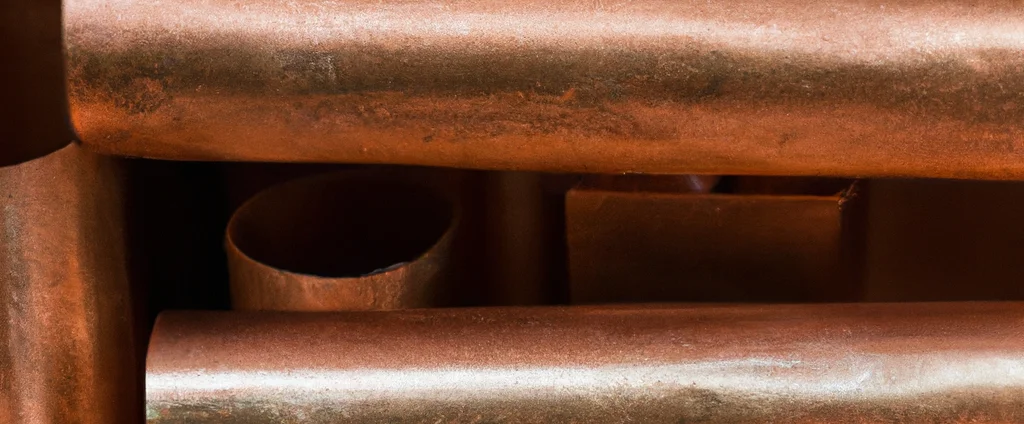Free-Cutting Brass (UNS C36000)

Free-cutting brass C36000 is a leaded brass alloy renowned for its unmatched machinability, excellent corrosion resistance, and electrical conductivity. It is widely used for precision components like fittings, fasteners, and electrical connectors.
| Chemical Composition | ||
|---|---|---|
| Element | Min | Max |
| Copper | 60.0% | 63.0% |
| Iron | —— | 0.35% |
| Lead | 2.5% | 3.0% |
| Zinc | —— | Remainder |
The following table provides a list of brass C36000 properties in both SI and US customary/Imperial units.
Click on the button to switch between Metric and Imperial units.
| Physical Properties | Metric |
|---|---|
| Density | 8490 kg/m3 |
| Mechanical Properties | Metric |
| Tensile Strength (Ultimate) | 330 - 530 MPa |
| Tensile Strength (Yield) | 120 - 310 MPa |
| Shear Strength | 210 - 310 MPa |
| Young’s Modulus (E) | 97 GPa |
| Shear Modulus (G) | 37 GPa |
| Elongation at Break | 10 - 50% |
| Poisson’s Ratio (ν) | 0.31 |
| Thermal Properties | Metric |
| Melting Point | 885 - 900 °C |
| Thermal Conductivity | 115 W/m·K |
| Specific Heat Capacity (Cp) | 377 J/kg·K |
| Coefficient of Thermal Expansion (αL) | 2.05×10-5 1/°C |
| Electrical Properties | Metric |
| Electrical Conductivity | 1.58×107 S/m |
| Electrical Resistivity | 6.6×10-8 Ω·m |
The values in this table are approximate and can vary depending on various factors such as the specific manufacturing process and heat treatment applied to the alloy.
Advantages & Disadvantages of Free-Cutting Brass C36000
| Advantages | Disadvantages |
|---|---|
| Excellent machinability | Lead content |
| Good corrosion resistance | Lower ductility |
| High strength | Reduced weldability |
| Availability | High cost |
Applications of Free-Cutting Brass C36000
Free-cutting brass C36000 finds applications in various industries due to its excellent machinability and desirable mechanical properties. Key applications include:
- Fittings and Connectors: Widely used in the production of fittings and connectors for plumbing and hydraulic systems. Its machinability allows for the creation of intricate threaded fittings, valves, couplings, and adapters.
- Electrical Connectors and Terminals: The electrical conductivity and corrosion resistance make it suitable for electrical connectors, terminals, and contact components. Often used in electrical switches, sockets, connectors, and fuse holders.
- Fasteners: Utilized in the manufacturing of fasteners such as screws, bolts, nuts, and rivets. The excellent machinability enables the production of precise threads and fastening components.
- Bearings and Bushings: The combination of high strength, corrosion resistance, and machinability makes it suitable for manufacturing bearings and bushings. It can withstand moderate loads and provide low friction characteristics.
- Automotive Components: Used in automotive applications, such as fuel line fittings, sensor components, connectors, and valve guides. The material’s machinability allows for efficient production of intricate parts with tight tolerances.
- Machinery Components: Employed in the manufacturing of various machinery components, including gears, couplings, bushings, and shafts. Its machinability and strength make it suitable for applications that require precise motion control and durability.
- Musical Instruments: Commonly used in the construction of musical instruments, particularly brass instruments like trumpets, trombones, and saxophones. The acoustic properties and ease of machining contribute to the production of quality instrument components.
